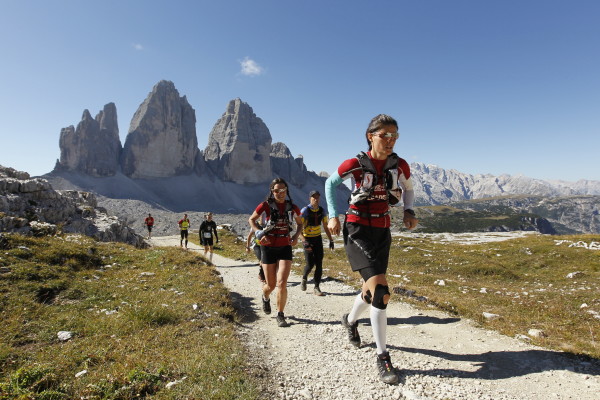If you are getting sick of running on the roads, why not try trail running? It is a completely different ball game to road running, and you may find that doing it on trails may just reignite your passion for running again.
However before you embark on a trail run, here are a few things for you to remember first.
1. Look in front of you
When you run on a track at a neighbourhood park or sometimes even on the roads, you can simply zone out and not look at where you are going. But you can’t do this on a trail. That’s because there will be uneven tracks, uphills and downhills, as well as slippery rocks and fallen tree trunks to block your path. So if you do not look at where you are going, you may slip and fall and end up getting seriously injured – right out there in the middle of nowhere.
2. Adjust your pace accordingly
Do not expect to go at the same pace on the trails throughout your run. As the terrain is not even, you should be running slower uphill to conserve your energy and speed up during flat ground or downhill segments. Also, if you are running through unfamiliar territory such as sand or mud, which is commonplace on trails, you could consider slowing down as well so that your body can adapt and accommodate. At the same time, you will also enjoy the run much more if you slow down on the trails.
3. Bring fluids
While it is safe to not carry any hydration on a road run, it is highly recommended that you carry your own fluids when you are doing trail running. That is especially true, if you are doing it for the first time, for example, you may end up taking longer than expected, and you don’t want to be stuck out there in the trails feeling thirsty and without hydration. So decide on how you want to carry your hydration – in a hand-held bottle, a hydration belt or a hydration pack, and adjust your running accordingly.
4. Stay safe
Anything can happen in the trails, especially if you are going on a training run early in the in the mornings or late at nights. So to remain safe, it is better to bring a buddy or a dog with you as a companion. If that is not possible, let someone know where you will be, perhaps by leaving a note for your family members before setting off. So that in the off-chance that you don’t return home, then someone will know where to look for you. At the same time, if you are not familiar with the trails, take a map with you. Also don’t forget to bring your mobile phone and some form of identity (in case you collapse from exhaustion or dehydration). It is better to be safe rather than sorry.


1.1. Be Agile And Anticipate The Unexpected
Sometimes, even when you’re watching your step, under some tall grass or dry leaves lies a solid object that can cause injury. You have to be fast and able to respond to that instance fairly quickly in a split seconds to avoid injury.
For regular runners, this can be something unavoidable after developing those memory leg muscles for pacing.